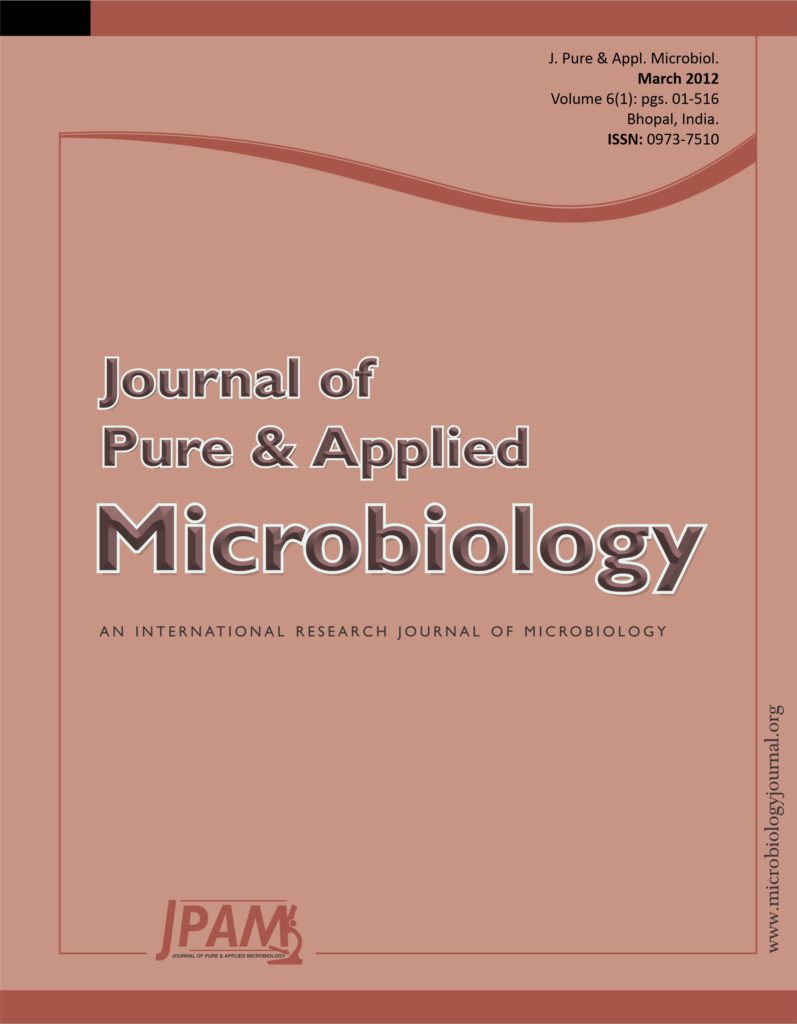Hepatocellular carcinoma is the most ordinary type of liver cancer and most commonly appears in a patient with chronic viral hepatitis and with cirrhosis. Lipopolysaccharide motivates the hepatocyte cells and increases the production inducible cytokine with the high production of nitric oxide and reactive oxygen species. In this study, the rate change iNOS searched by adding lipopolysaccharide and the effect of inhibiting this inflammatory enzyme by L-NAME and combined effect of this in HepG2 cancer cells was assessed. Salmonella enteritidis lipopolysaccharide is extracted by methanol-chloroform method and silver stained SDS-PAGE electrophoresis bands. Four treatment groups of Human liver hepatocellular carcinoma cell lines stimulated with 100ng/ml lipopolysaccharide, 500µM L-NAME as inhibitor and were incubated for 12 and 24 hours. Variables including both increase and decrease inflammatory factor, iNOS, was assayed. The obtained results showed that initial activity of iNOS in not stimulated in HepG2 cell, 0.902U/ml after stimulation with lipopolysaccharide for 12 and 24hours (0.491U/ml) and (0.433U/ml) decreased and the effect of this inhibitor was also studied. The data showed that reducing iNOS in Human liver hepatocellular carcinoma cell lines correlated with the cell density and duration of incubation with LPS. Inhibition of enzyme associated with inflammation, with inhibitor substances; L-NAME, observed as well as lipopolysaccharide. We can potentially design drugs to treat a variety disease and cancer to use.
Inducible Nitric Oxide Synthase, HepG2 Cell, Salmonella enteritidis– Lipopolysaccharide- SDS-PAGE
© The Author(s) 2012. Open Access. This article is distributed under the terms of the Creative Commons Attribution 4.0 International License which permits unrestricted use, sharing, distribution, and reproduction in any medium, provided you give appropriate credit to the original author(s) and the source, provide a link to the Creative Commons license, and indicate if changes were made.


